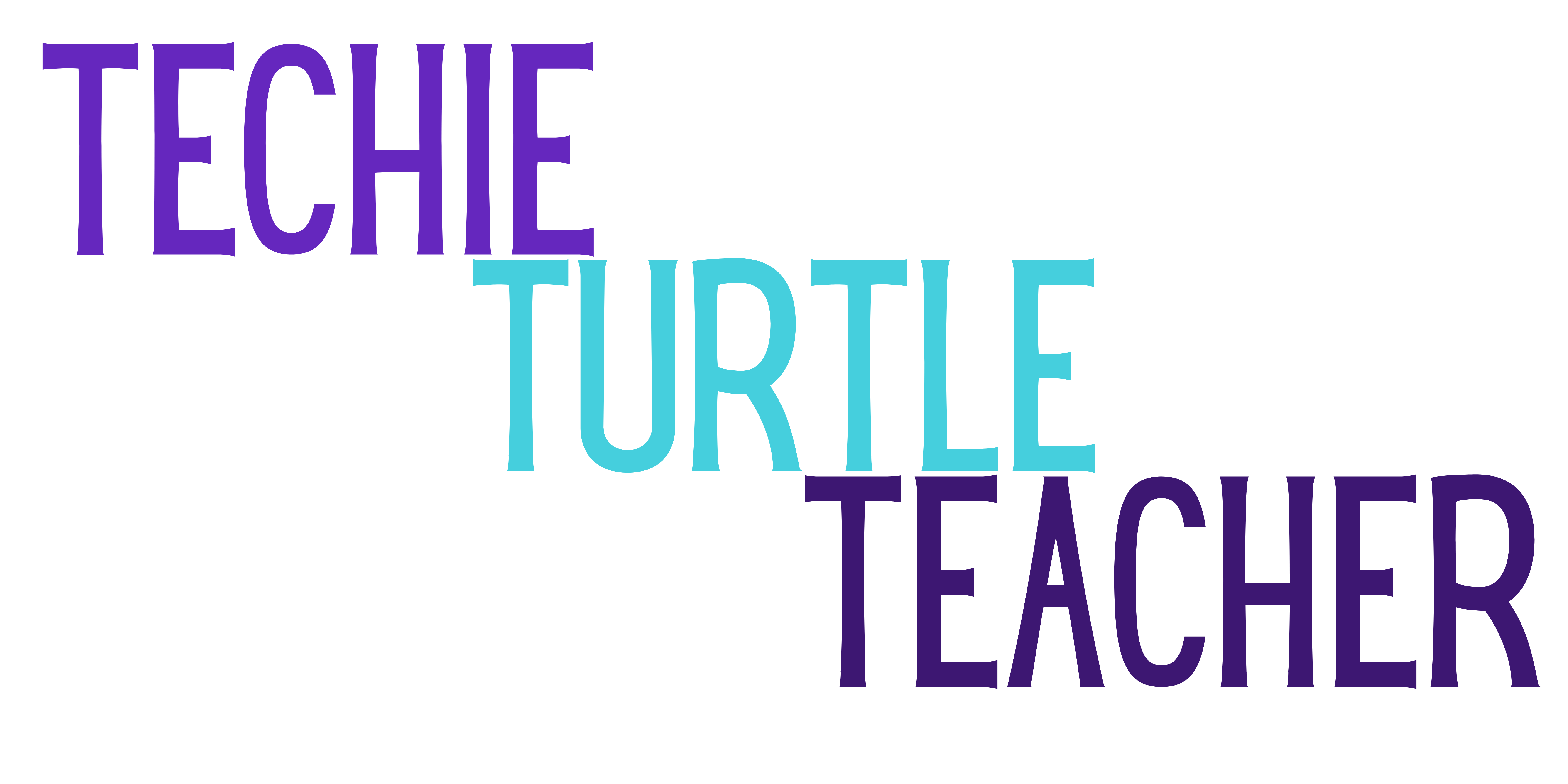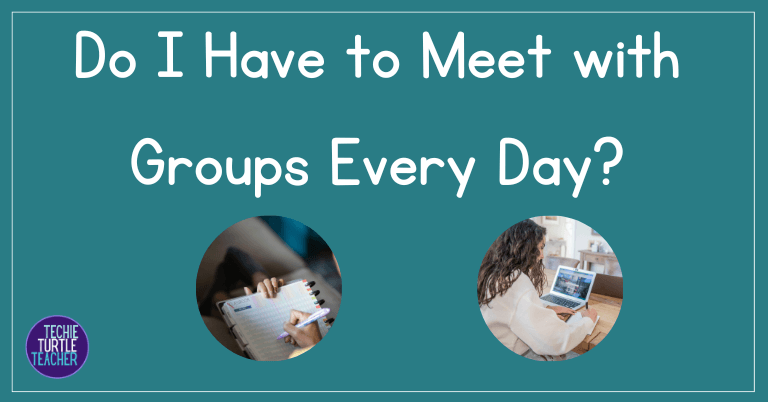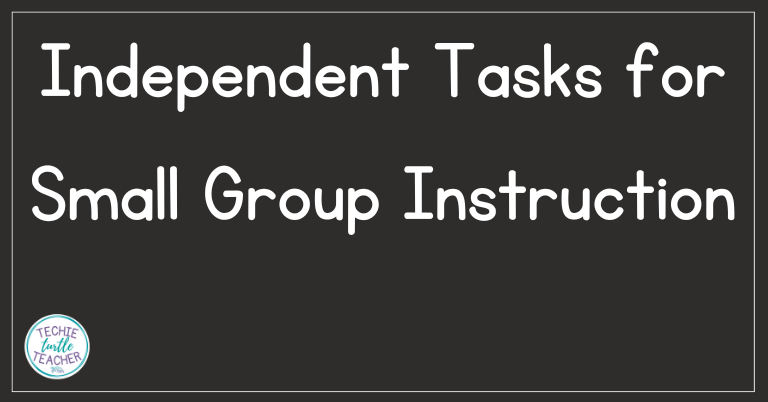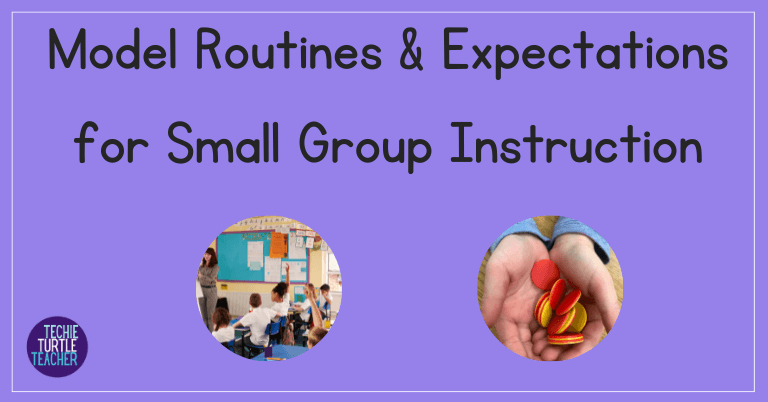Are you feeling overwhelmed with the endless demands of teaching, the long days, and the constant challenge of managing classroom behaviors? You’re not alone.
As an elementary teacher, finding the right way to group your students for small group math instruction can seem like an impossible task, especially when time is scarce and each student has unique needs.
Imagine a classroom where every student is engaged, behaviors are managed, and your teaching time is maximized.
This blog post will guide you through simple, effective strategies to group your students, helping you create a dynamic learning environment that supports every child’s success—and makes your job just a little bit easier.

How to Group Students
As a teacher, your days are long, planning time is scarce, and managing classroom behaviors can be overwhelming.
Effective student grouping can help you tackle these challenges and make your small group math instruction more efficient and impactful.
Here are several strategies for grouping students.

Ability Grouping
Grouping students by ability is a common and effective method.
To form these groups, you can use an exit ticket or another short assessment to gauge students’ understanding of a particular concept.
Based on their performance, you can place them in groups that address their specific needs.
For example, when teaching addition and subtraction within 100, you can give an exit ticket with a few problems like:
- 34 + 27
- 82 – 19
Score the exit tickets on a scale of 0, 1, or 2.
Then, create groups based on these scores.
Students who score 0 might be in need of more foundational instruction, while those scoring 2 may require enrichment or advanced practice, such as tackling word problems or explaining their strategies.
Sometimes, students who score 1 are placed in the 0 or 2 group depending on the nature of their errors and the overall group dynamics.
This approach ensures that each group receives targeted instruction tailored to their level of understanding.
Behavior Grouping
Behavior grouping can be an effective way to manage classroom dynamics and enhance focus.
In some cases, certain students may struggle to concentrate when paired with particular peers.
By separating these students into different groups, you can create an environment more conducive to learning.
For instance, when introducing a new concept like telling time to the nearest five minutes, you might find that separating students who tend to distract each other helps everyone stay focused.
At the beginning of the unit, all students need the same foundational instruction on how to read a clock and understand the concept of time.
By strategically grouping students to manage behaviors, you can ensure that each student is able to focus on the lesson and engage with the material.
Random Grouping
There are times when you need to group students quickly, and random grouping can be a practical solution.
This method is especially useful when you haven’t had the opportunity to analyze data and make informed grouping decisions.
Random grouping allows you to move forward with your lesson without delay.
For example, if you need to teach a lesson on identifying and counting money and haven’t had a chance to assess students’ prior knowledge, you can quickly group students randomly.
This way, you can start the lesson promptly and adjust your instruction as you observe students’ understanding and interactions during the activity.
Mixed Abilities Grouping
Mixed abilities grouping provides students with the opportunity to learn from each other.
In this setup, students of varying skill levels work together, allowing those who struggle to benefit from their peers who have a stronger grasp of the concepts.
For example, when working on place value concepts such as understanding hundreds, tens, and ones, grouping students of different abilities can be very effective.
Higher-achieving students can help their peers by explaining how to break down numbers like 352 into 3 hundreds, 5 tens, and 2 ones.
This method also benefits higher-achieving students, as teaching others can deepen their understanding.
Mixed abilities grouping creates a collaborative learning environment where students can support and learn from one another.
Learning Objectives Grouping
Grouping based on learning objectives is a flexible and dynamic approach.
This method involves grouping students according to the specific skills or objectives they need to practice.
Unlike ability grouping, students might be included in multiple groups, depending on the skills they need to work on.
For example, during a unit on measurement, some students might need extra practice with measuring lengths using rulers, while others might need to focus on comparing and estimating lengths.
A student might be part of a group practicing measuring objects in the classroom and another group working on word problems involving measurement.
This approach ensures they receive targeted practice in both areas, even if it occasionally reduces their independent practice time.
Conclusion
In summary, grouping students effectively requires thoughtful consideration of your classroom dynamics, instructional goals, and the individual needs of your students.
Whether you choose ability grouping, behavior grouping, random grouping, mixed abilities grouping, or learning objectives grouping, each method has its own advantages and can be tailored to suit different teaching situations.
By employing a variety of grouping strategies, you can create a dynamic and supportive learning environment that fosters growth and success for all your students.
And, as a teacher managing the thousands of challenges in the classroom, these strategies can help make your days a little bit easier and your teaching more effective.
Grab Your Small Groups Guide
Pin this to Pinterest for later




